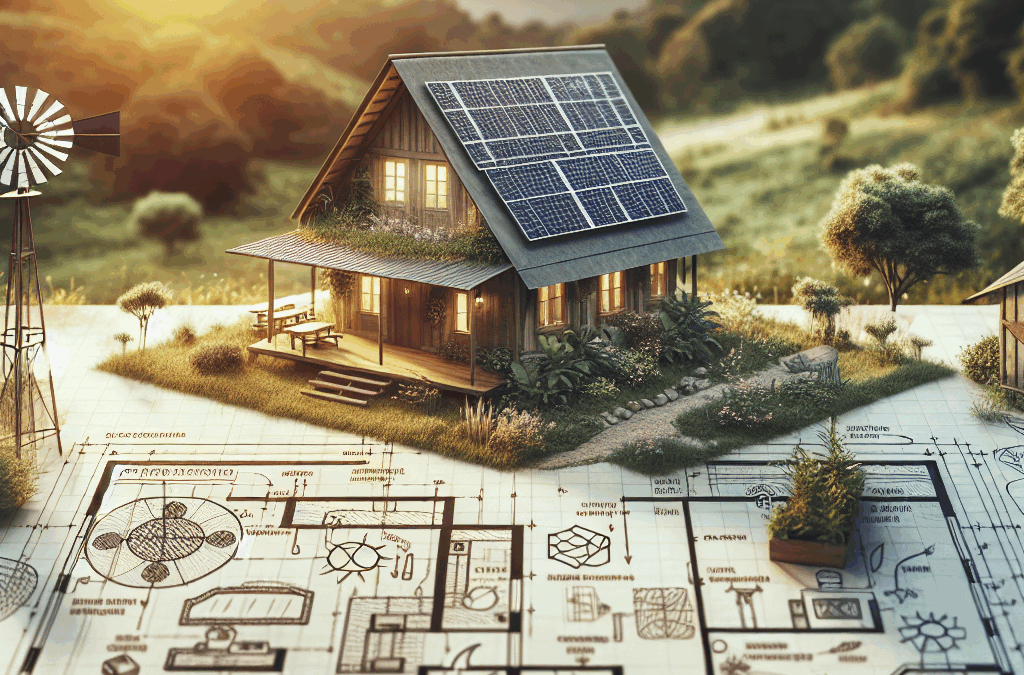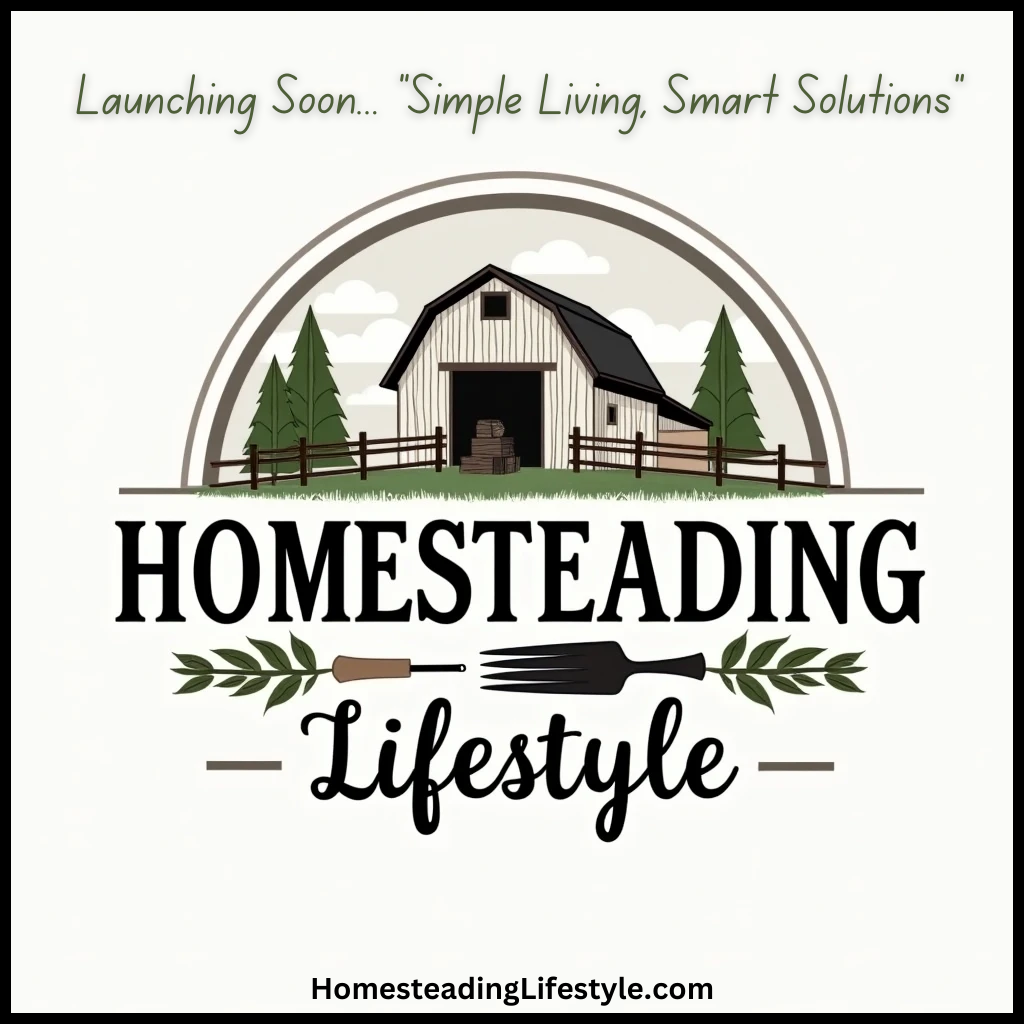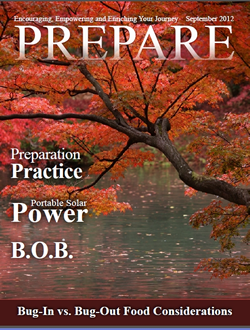1. Assessing Your Energy Needs
Understanding Your Consumption
To kick things off, it’s crucial to have a solid grasp on what your energy consumption looks like. Have you ever added up your monthly utility bills? You might be surprised at how much energy you actually use. I remember the first time I took a close look at my bills; I felt like a detective trying to crack a code.
Start by tracking your usage for at least a month. Go through your appliances and note their wattage. It’s like a scavenger hunt; you might discover energy-hogging items you didn’t even suspect were the culprits. By understanding where your energy goes, you can make more informed decisions about solar installation.
Don’t forget seasonal fluctuations! My heating and cooling costs spike like crazy during extreme weather, so keeping those patterns in mind helped me adjust my energy projections. Knowing your consumption pattern will guide you in sizing your solar system correctly.
Determining Your Goals
Next up is figuring out what you want to achieve with your solar setup. Are you looking to go completely off-grid, or just wanting to reduce those monthly bills? Personally, I started with just wanting to cut down my expenses. It seemed like a solid goal at the time, but it led me down a path I didn’t expect.
Think about long-term goals too. Are you planning to expand your homestead or invest in more technology later? By understanding your future needs, you can plan a system that not only meets your current needs but will sustain you down the road. I wish I would have thought a little further ahead when I first installed my panels.
This step is all about envisioning the big picture. Once you have a clear idea of your goals, you can begin crafting a solar plan that aligns perfectly with your lifestyle and aspirations.
Researching Technology Options
Okay, now onto one of the more exciting parts: diving into the solar tech world! With all the advancements out there, figuring out what kind of solar panels and inverters fit your needs might seem overwhelming at first. Trust me, I felt that way too when I was starting!
Look into the different types of solar panels—monocrystalline, polycrystalline, and thin-film. Each has its perks and downsides. I went for monocrystalline because they are super efficient and take up less space. Perfect for my little homestead!
Inverters are crucial too. You’ll want either a string inverter or a microinverter. My buddy who installed a microinverter setup loves how it optimizes output from each panel separately. Research helps you make choices that suit your setup and budget best.
2. Choosing the Right Location
Identifying Optimal Solar Exposure
Now, let’s talk about where to put those panels. The location is key to making the most out of your solar setup. Start by figuring out which direction your roof faces. A south-facing roof typically gets the most sun exposure.
In my case, I realized my garage’s roof faced east and got pretty decent sun in the morning, but I had to account for the shade cast by nearby trees in the afternoon. So, make sure to watch how sunlight moves across your property during peak hours.
Don’t stress if your ideal spot seems out of reach. You can always think about ground-mounted systems or pole mounts! Those options might bring about better exposure for certain homesteaders who have the space.
Evaluating Structural Integrity
Before jumping into installation, ensure your chosen spot is structurally sound. I actually overlooked this on my first try and ended up wasting time! Look for signs of wear or damage that might affect how panels are mounted.
Consult with a professional if you’re not sure, particularly if you have an older home. The last thing you want is to invest in solar panels only to face a structure that can’t support them. It’s like providing toppings to a pizza that’s barely holding together!
Once you’ve confirmed the integrity, you’ll feel more at ease moving ahead with your solar plan. It’s crucial for the long-term sustainability of your energy system.
Considering Accessibility for Maintenance
Lastly, think about access for maintenance. I can’t stress this one enough! You’ll want to be able to easily get to your panels for cleaning and inspection. It’s like keeping your car in good shape—it requires a little TLC sometimes.
If you’re mounting on a roof, consider how steep it is. My neighbor opted for a ground-mounted system, and I’m slightly envious since he can check his panels without putting on a climbing harness!
Planning for maintenance access now will save you headaches down the road and keep your system running efficiently. Trust me, it’s worth it to address this upfront!
3. Budgeting for Your System
Calculating Initial Costs
Budgeting is a biggie, and it can feel daunting! I remember feeling like a kid in a candy store looking at all the options. First, you’ll want to add up the costs of equipment, installation, and any permits you may need.
Don’t forget to factor in those sweet government rebates and tax credits. I found out about a local incentive that cut my costs down significantly. It felt like I was winning at a game where I didn’t even know there was a bonus round!
Having a clear figure in mind helps you make tough decisions about what features you may want or need. It allows you to prioritize your spending and invest effectively in your solar system.
Exploring Financing Options
So, what if the upfront costs are a bit too high for you right now? That’s when you dive into financing options. Many providers offer solar loans or leasing options. I took a loan, and it felt great to know that I could spread out the costs while still enjoying the benefits of solar energy.
Be sure to shop around! Some lenders will offer better terms than others, so it pays to compare rates. I remember researching for hours just to see the variances it made.
Understanding financing can take some of the weight off your shoulders. It gives you the freedom to install a system that works best for you, without being limited by your current savings.
Planning for Long-term Savings
Thinking about the long-term gains is where solar really shines (pun intended!). After considering the initial costs, look into how much you’ll save over the years on your utility bills. You might be looking at some hefty savings!
Once my system was in place, the decrease in my electric bill felt like winning the lottery every month! Plus, the value added to my property was an unexpected bonus.
Anticipate potential energy price increases as well. Those costs could potentially give your solar system a powerful ROI in the years to come. It’s like a long-term investment that grows steadily over time.
4. Installing Your Solar System
Finding a Reliable Installer
At this point, you’re ready to take action and get your solar system installed! The first step is finding a reputable installer. You can start by asking friends and neighbors for referrals or checking online reviews. I found my installer through a community recommendation, and it worked out great!
Make sure to vet your options thoroughly. Ask for quotes from multiple contractors and inquire about their warranties and experiences with installations similar to yours. Getting as much info as possible will give you peace of mind.
Poking around to see their past work can provide insight. I visited a couple of their previous installations, and it gave me confidence in their work. Nothing beats seeing firsthand how they handle their projects!
Planning for Installation Day
On installation day, prepare for some hustle and bustle! It can be a busy but exciting time as you finally see your solar vision come to life. It’s wise to clear some space and have a plan for any required permit inspections—make it all smooth sailing.
Be available to answer questions from the contractors; they might need clarity on your energy goals or specifics about the layout of your homestead. I remember running back and forth to the house a few times just to clarify things!
And don’t forget to take some before and after photos! Trust me, you’ll want to document this momentous occasion for posterity—you will appreciate reflecting on your journey towards solar energy down the line.
Final Testing and Connection
The moment your system is up and running, you’ll feel a sense of accomplishment. After installation, it’s important for the installer to conduct final tests to ensure everything is functioning properly before connecting to the grid.
Make sure to discuss how to monitor your system’s performance post-installation. I was amazed at how easy it was to track energy production and consumption through an app they provided.
Don’t hesitate to ask questions during this phase—understanding how to operate and maintain your system is crucial for its longevity. It’s like having a new toy; the more you know about it, the more enjoyment you’ll get!
5. Maintaining Your Solar Energy System
Regular Inspections and Cleanings
Once your solar energy system is up and running, remember that maintenance is vital. Adding regular inspections to your calendar can help catch issues before they become costly problems. I like to check my system seasonally, especially after heavy storms or snow.
Cleaning your panels is also important; dirt, debris, and snow can inhibit their efficiency. I learned the hard way that those layers of grime can seriously cut down on energy production. Now, I make it a point to give them a good rinse twice a year!
Staying proactive will keep your system operating at peak efficiency. It’s all about treating your solar setup like a member of the family—because, let’s face it, it’s saving you money and contributing positively to your homestead!
Upgrading Components Over Time
As technology advances, don’t forget about the potential need for upgrades down the line. Inverters, for example, may need to be replaced every 5-10 years, and new panel technology could end up providing better efficiency.
When I realized my inverter was getting old, I started budgeting for an upgrade. Knowing that I’d eventually need to replace components helped me avoid surprises later on.
Staying informed about new solar technologies can help you keep your system at its most efficient and effective. Just think of it as small investments along the way. Your solar system will thank you by producing energy efficiently!
Staying Informed About Solar Legislation
Lastly, keep an eye on solar legislation and incentives that may arise. There’s often talk of policies that can significantly impact net metering or tax credits. I made it a habit to check in with local solar groups, and it’s paid off in spades.
By staying proactive, I kept informed of changes that could benefit my investment. Subscribing to local energy newsletters and engaging in online forums has kept me connected with other solar enthusiasts, which has proven invaluable.
Being well-informed allows you to adapt your system for maximum benefits. Just remember to champion your solar energy journey; being proactive can provide you with further advantages!
Frequently Asked Questions
1. What are the first steps in planning for solar installation?
The first steps include assessing your energy needs, determining your goals, and researching your technology options. Understanding your consumption and planning ahead will set a solid foundation for your solar project.
2. How do I choose the right location for solar panels?
Choosing the right location involves identifying areas with optimal solar exposure, ensuring structural integrity, and considering accessibility for maintenance. Checking for shade and roof stability can help position your panels effectively.
3. What financing options are available for solar systems?
Financing options include solar loans, leasing, or power purchase agreements (PPAs). Each option has different terms and conditions; it’s crucial to shop around to find the best deal suitable for your financial situation.
4. How do I maintain my solar energy system?
Regular inspections, panel cleanings, and staying informed about technological advancements and legislation are essential for maintaining your solar system. Proactive maintenance helps ensure longevity and efficiency.
5. Can I upgrade components of my solar system later?
Yes, as technology evolves, you can certainly upgrade components such as inverters or even solar panels. Keeping abreast of new advancements will help you decide when and how to enhance your system.





